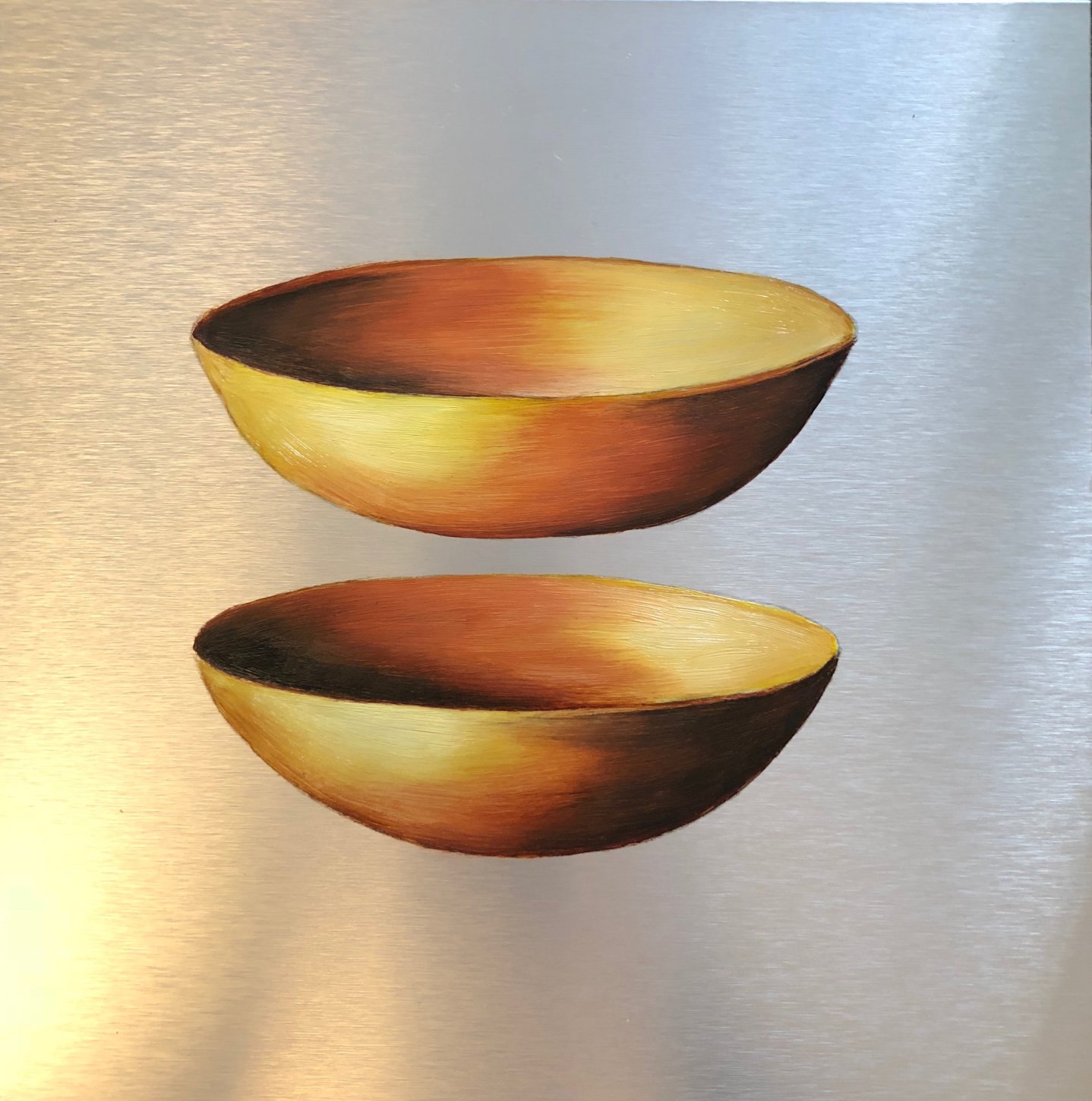Vessels: Divine Holders of Purity
Through the millennium of history, the Vessel has been present in religious rituals. It stands for the body of the deity invoked for worship. The small space of the vessel becomes the universe in the center of which the supreme forces exist.
In Sumero-Semitic tradition it symbolizes the fertilizing power of the waters of the Great Mother, containing the cosmic waters as the feminine receptive principle, the life source. It stands for acceptance, fertility, and purity. In the Kabbalah, the vessel means treasure. The Shekinah (the glory of the divine presence, in Kabbalism is a divine feminine aspect) is compared to a beautiful vase. In ancient Egypt the vessel stands for eternal life. A flowing vessel represents the beneficent female deity. As the maternal symbol, the vessel implies nourishment, flowing waters, and purity. In general, the function of the vessel is related to holding, immersion or pouring-flowing, all characteristic qualities of the Mother Goddesses. In Buddhist tradition, one of the eight auspicious symbols is the 'vessel of inexhaustible treasure' symbolizing spiritual abundance. This vessel always remains full in spite of how much is taken from it, remaining pure of anything external. Vessels: Divine Holders of Purity is an installation of 7 oil paintings on aluminum panels presented with 5 wooden vessels that are part of the project Decoding the Purity of an Icon.
© 2017 Belinda Flores-Shinshillas




